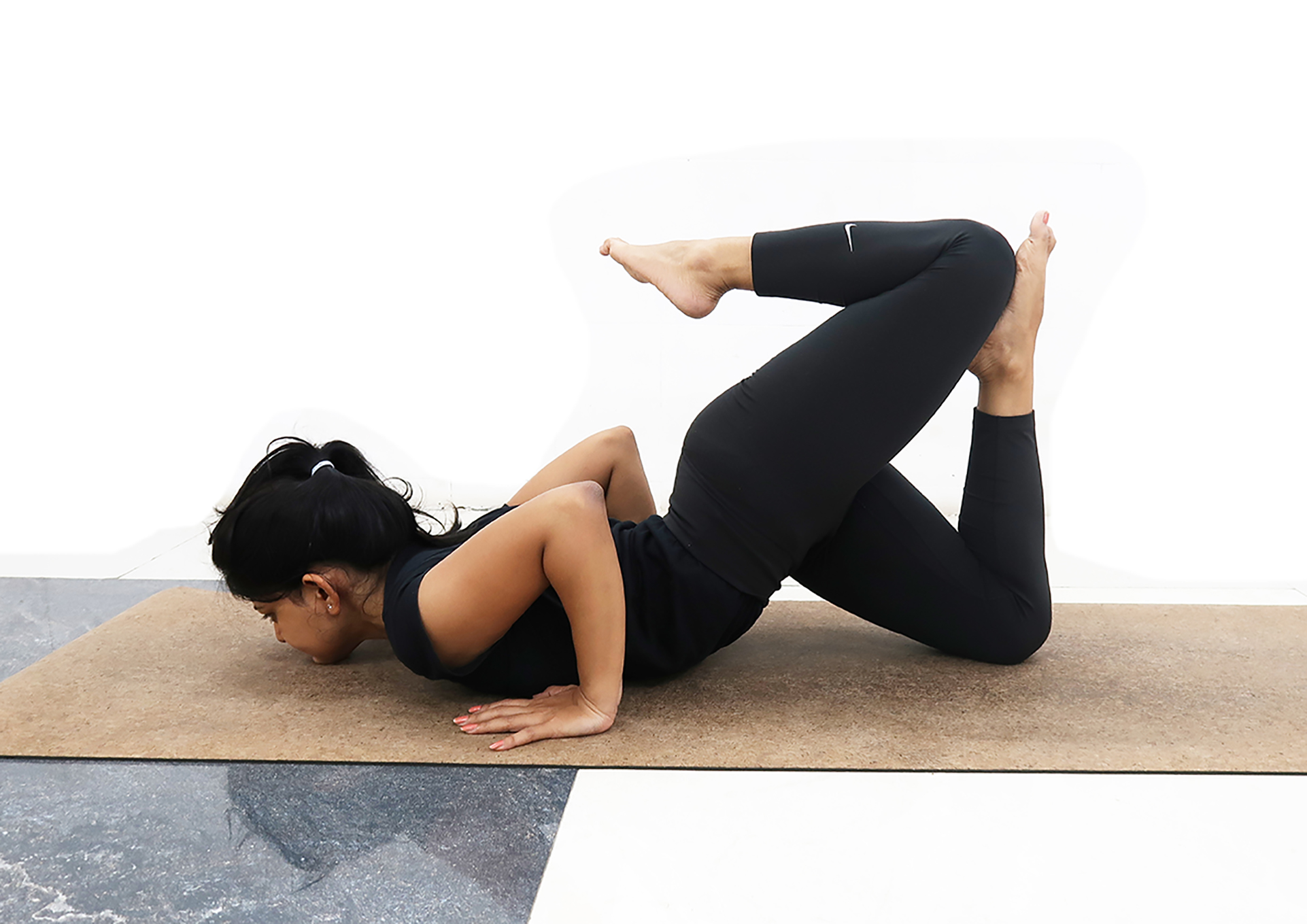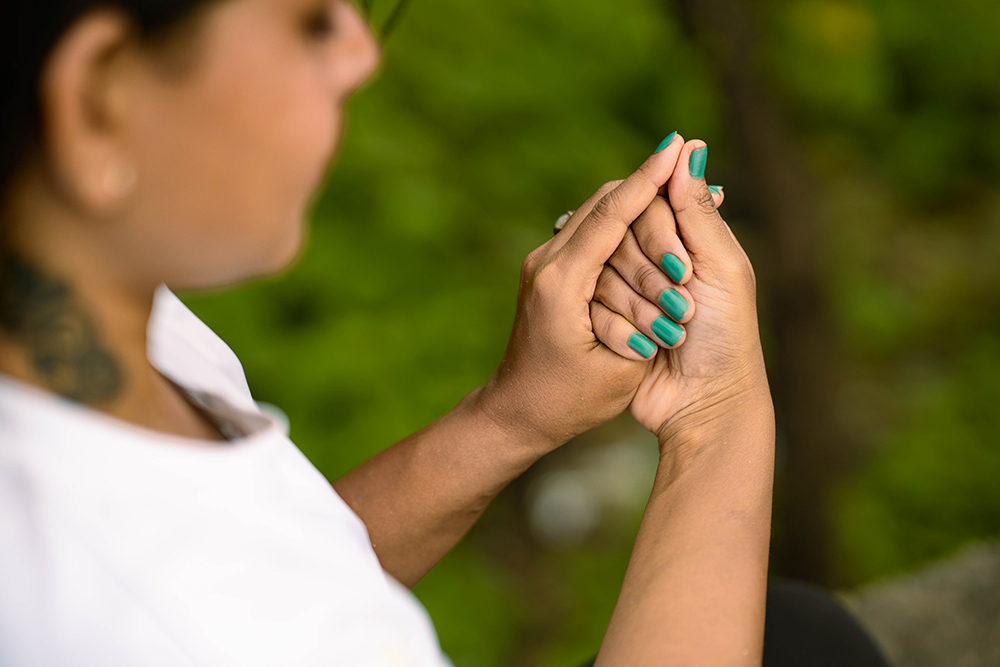Our Ashtanga Vinyasa Yoga Teacher Training is available for all our 200-hr graduates and 200-hr RYTs from another school who have some background in the Ashtanga Yoga Primary series.
If you are a 200hr graduate from our school then you are familiar with the names and key alignment points of the poses from the Ashtanga Vinyasa Primary series chart and it won’t be difficult for you to take a plunge into the 2nd level of Intermediate Ashtanga Vinyasa Training but if you have done your 200-Hr training from another school then it is advised that either you book a 30-Hr/ 5days course at our school or join an Ashtanga Vinyasa Primary series class in your country 3 months prior to your 300-Hr course start, with focus on learning all the Sanskrit and English names of the primary series asanas.
Once you have booked the course with us we can provide you with the study material with a chart of poses and their names along with ‘Welcome Mail’, which you’ll receive after paying the booking fee.
We also suggest you to make a chat appointment with our course director in order to discuss your state of practice and health condition for further guidance.


Weekday Course: (Designed for Home Makers & Fitness Trainers)
Monday to Saturday : 7.30 am to 11 am
Weekend Course: (Designed for Working Professionals)
Monday to Friday : 7.30 am to 9 am (Practice Class)
Saturday & Sunday : 7.30 am to 2 pm ( Theory & Practical Classes)
NA
YTTC Guidelines:
Weekday Course: (Designed for Home Makers & Fitness Trainers)
Monday to Saturday : 7.30 am to 11 am
Weekend Course: (Designed for Working Professionals)
Monday to Friday : 7.30 am to 9 am (Practice Class)
Saturday & Sunday : 7.30 am to 2 pm ( Theory & Practical Classes)
NA
YTTC Guidelines:
The course spans 300 hours i.e. 1 month 1 week and includes both online and on-campus components.
This course enhances physical, mental, and spiritual well-being, paving the way for a better life, relationships, and career opportunities. It also opens up a new career path in teaching yoga.
Classes are held from Monday to Saturday, from 10:00 am to 6:00 pm IST.
There are no prerequisites for joining the course. It is open to all individuals interested in deepening their understanding of yoga.
The curriculum covers various aspects of yoga, including understanding yoga, skill development in areas such as asana, anatomy, physiology, breathwork, meditation, relaxation techniques, yoga philosophy, the art of teaching, and business skills.
Yes, a minimum of 80% attendance is required to be eligible for the final certification exams.
Students are permitted up to three attempts to pass the final exams. However, they must clear the exams within 60 days from the course end date.
Final exams, both theory and practical, are conducted either on-campus or online. On-campus exams are held on the last working day of each month, while online exams are scheduled on the 1st and 3rd Saturdays of each month.
Upon passing the exam, students receive a Yoga Teacher Training Certificate (200 hours) from Asan Yoga, opening up various avenues in teaching and wellness initiatives.
The course offers a unique blend of Ashtanga and Iyengar yoga methodologies, emphasizes injury-free practice, includes study material in the course fee, provides career guidance, and offers work opportunities with Asan Yoga, Mumbai.

Asan Yoga Center is an authentic yoga institute. It encourages the yoga enthusiasts to deepen their practice. Our yoga sessions & certification courses allows them to work on their body awareness and mindfulness. Here you will get an opportunity to make a career in the field of yoga by pursuing International Yoga Teacher Training Courses.
Copyright © 2024 Asan Yoga | All Rights Reserved
WhatsApp us